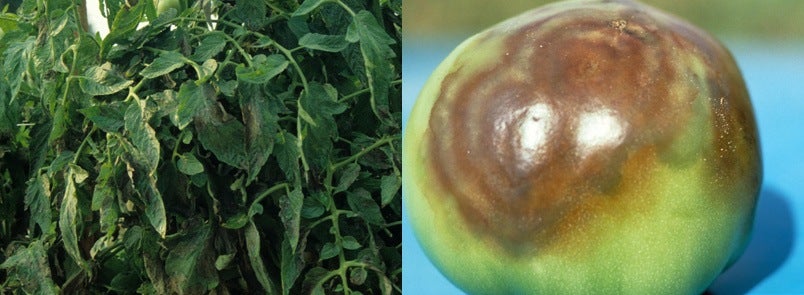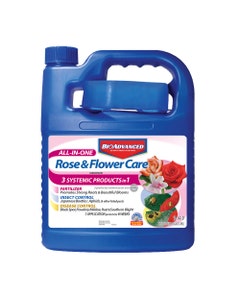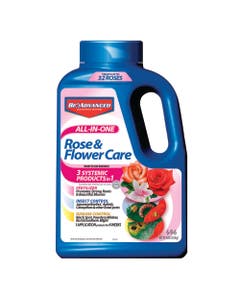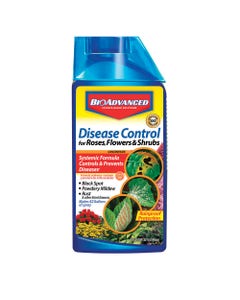

Blight
Blight is the name given to a number of fungi- and bacterium-caused diseases that thrive in cool to warm, damp weather. Blight begins as small, dark lesions on stems, foliage and/or fruit. The spots will enlarge under wet conditions and may begin to exhibit white mold. Browning and shriveling of the plant will follow over the next two weeks. Blight is aggressive, and its spores can travel for miles.
Types
Three Blights are most troublesome for gardeners and are most common on tomatoes and potatoes.
- Early Blight produces dark brown to black spots that eventually form concentric rings. It usually starts on lower leaves. Leaves turn yellow and drop. Lesions may also occur on stems.
- Late Blight forms dark, soaked looking spots that start along the edge of the leaf. White, downy fungus may also appear on the underside of the leaf. Water-soaked spots form on the fruit and gradually turn dark brown.
- Septoria Leaf Spot appears on lower leaves around the time of first fruit set. Spots are small with dark brown edges and gray to tan centers. Leaves turn yellow and wither when infected.
A fourth blight, Southern Blight or Crown Rot, attacks the crown of ornamental plants, causing them to wilt and usually die.
Cultural Solutions
- Start with disease-free transplants, and when available, use resistant varieties.
- Rotate plants so they are not planted in the same spot each year.
- Remove infected leaves as soon as possible.
- Avoid wetting foliage, especially late in the day, and do not water from above.
- Space plants far enough apart for good air circulation.
- Clean up fallen plant debris and till soil in fall.
- Destroy diseased plants. Control weeds (some may spread disease).
- Mulch to prevent splashing water.



